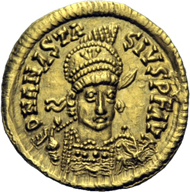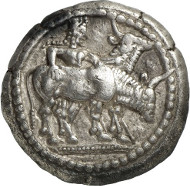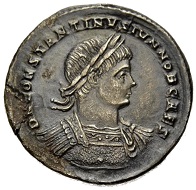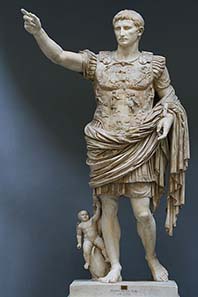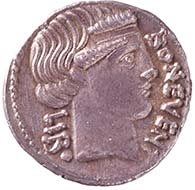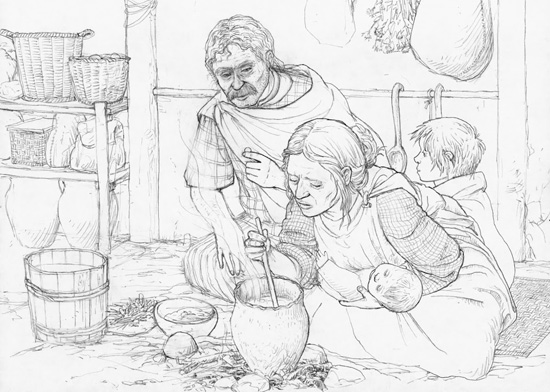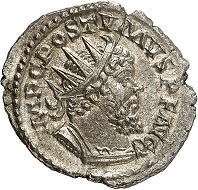A Struggle for Rome
During the auction week from October 8th-12th, Künker will be putting a rare solidus of Theodoric the Great up for auction. The piece, minted in Rome in the name of Emperor Anastasius I, presents a good opportunity to retell the history behind the coin.







